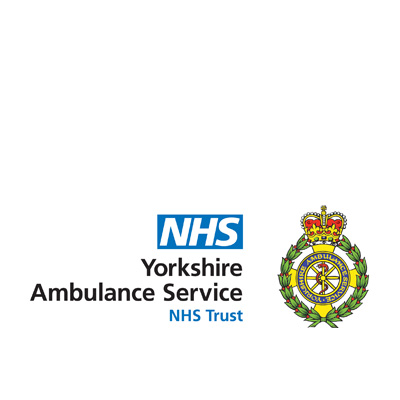
Themes:
- Public health approach
- Population segmentation
- Health improvement
Background
The Yorkshire Ambulance Service NHS Trust (YAS) covers three integrated care board (ICB) areas across the Yorkshire and Humber region. It delivers emergency 999 services, NHS 111
services and non-emergency patient transport.
Like all ambulance services in England, as the process of pandemic recovery began, YAS saw a rise in demand alongside an increase in acuity of patients. Taken together, these resulted in deteriorating operational performance. YAS saw both call response times and average handover delays increase from the summer onwards.
Building on learning from the response to Covid-19, YAS has begun to focus on how a population health and health inequalities lens can be applied to managing rising demand, reducing the need to take people to hospital (conveyance rates) and improving population health outcomes.
This allowed YAS to create a clearer picture of demand across the region, understanding the population groups experiencing worse health outcomes and using emergency services more frequently. This information enabled YAS to work with other providers including ICB colleagues to develop preventative approaches to healthcare and improve health.
Predicting demand and managing resource
Ruth Crabtree has been in post as public health lead at YAS since before the Covid-19 pandemic.
While the pandemic highlighted and exacerbated long-standing health inequalities, a lack of data and population health analytics expertise meant the profile and nature of inequalities across communities the trust serves was not well understood.
YAS was able to recruit, on a temporary basis, Verity Bellamy who brought a considerable level of expertise in population health and data analytics (via funding from the Northern Ambulance Alliance (NAA), a partnership of four ambulance trusts). She has been able to use existing data from YAS to create a clear picture of demand for ambulance services across the region.
Verity has been able to show that while demand and overall number of conveyances are substantially higher in more deprived areas, the conveyance rate, or percentage of calls that result in a journey to an emergency department, is actually lower. This still translates to higher demand at the hospital emergency departments, but also suggests more high-intensity usage of ambulance services and suggests that earlier intervention via preventative services could reduce demand on emergency ambulance services.
These findings allow YAS to more effectively predict and map demand across their patch, while also offering the opportunity to feed population health data into the ICBs they work with. This learning is transferable across ambulance services nationally and Verity has also been working with other NAA trusts to support them with similar analysis.
Reducing conveyance rates and addressing the root causes of demand
Reducing conveyance rates and doing more ‘hear and treat’ or ‘see and treat’ is a core priority for the ambulance sector. An enabler of this is having clinical capacity in call centres and in ambulances, to validate calls and patient conditions, and make a judgment on whether conveyance to an emergency department is needed.
YAS shows that as well as clinical capacity, a population health approach using data and data sharing between NHS organisations is key. YAS is now in a position where the data and insights gathered can inform conversations with acute provider trusts and ICB colleagues about managing demand and understanding drivers for conveyance rates and overall demand.
Verity’s findings will help support and inform work by partners to engage with communities and gather insight to inform service improvement and development across the system.
Ruth said: “Being able to identify areas and groups that are frequent users of our service means we can have conversations with our system partners to put in preventative, public health measures, which can lead to health improvement and demand reduction.”
Improving outcomes and tackling health inequalities
Verity’s analysis of population health across the region also highlighted homeless people and people who sleep rough as a key group who experience worse health outcomes and frequently access emergency services.
Commissioners in Hull were receiving feedback from local agencies that there was an issue with the frequency of ambulance service demand and the experience of services among rough sleepers. In response to this, YAS is undertaking a programme of engagement with rough sleepers in the area to better understand the issues.
Data driven insights have confirmed the homeless population across Yorkshire includes a relatively high number of high intensity users of ambulance services. The insight suggests this is a particular issue in Hull. The analysis is being used to inform the engagement with rough sleepers to better understand, and seek to address, this issue.
Verity said: “This shows how data, analytics and a population health approach can be used to inform community engagement; by identifying groups with poor health and most at risk of inequalities – effective community engagement uses those insights to develop more tailored services.”
Next steps
The NAA and YAS have only been able to fund a full-time population health analysis post for a short period.
Developing and maintaining new roles in population health will be vital to build on the insights currently being used. The analysis and population segmentation that has already been done effectively acts as a ‘proof of concept’ – showing how these methods can identify and map demand.
The project in Hull, focusing on high-intensity use of ambulance services among the homeless population, should provide further evidence of how applying an inclusion and population health approach to delivering ambulance services can improve health and reduce demand.